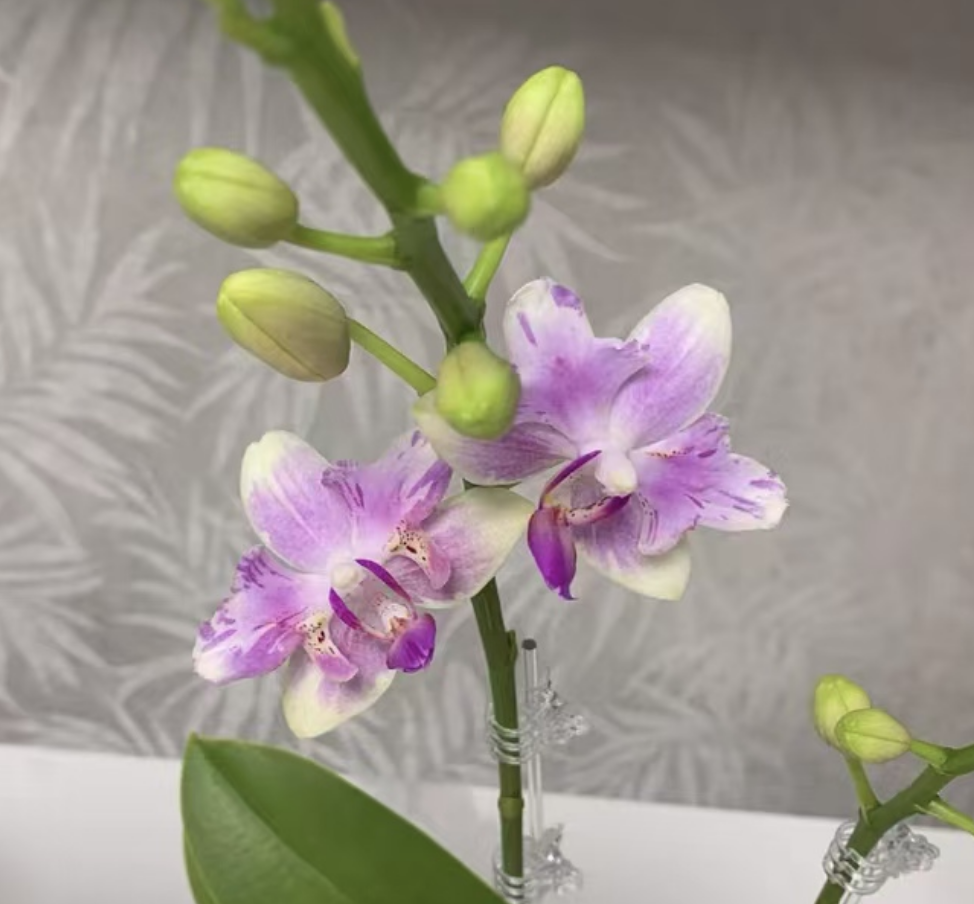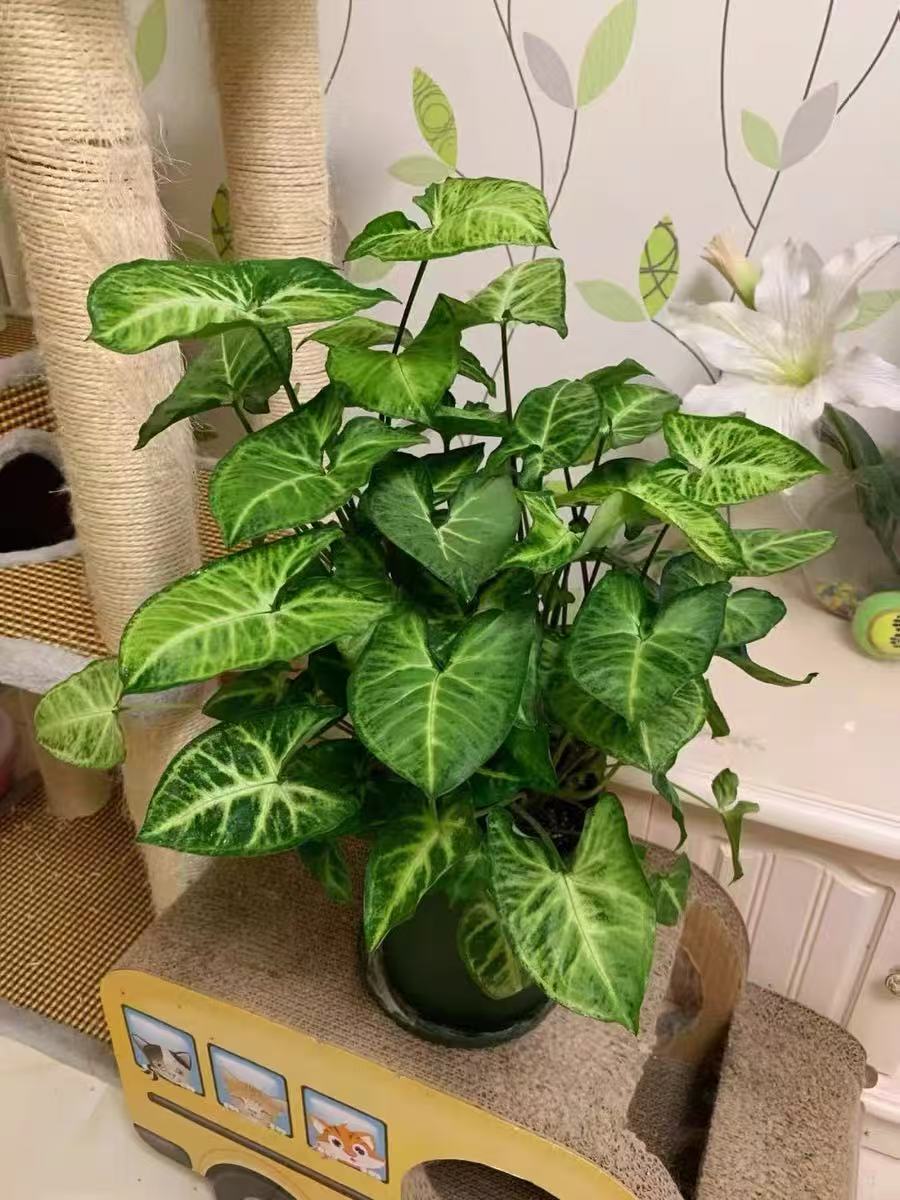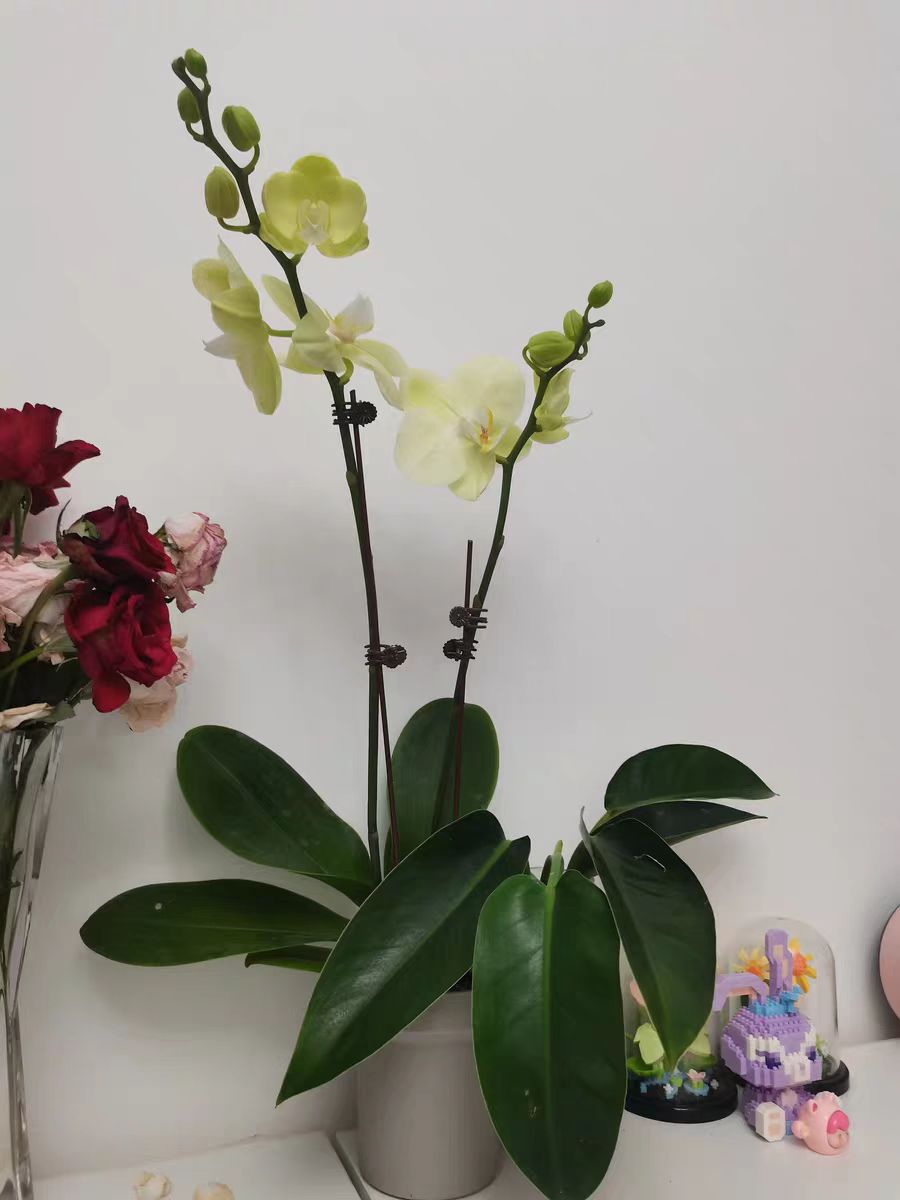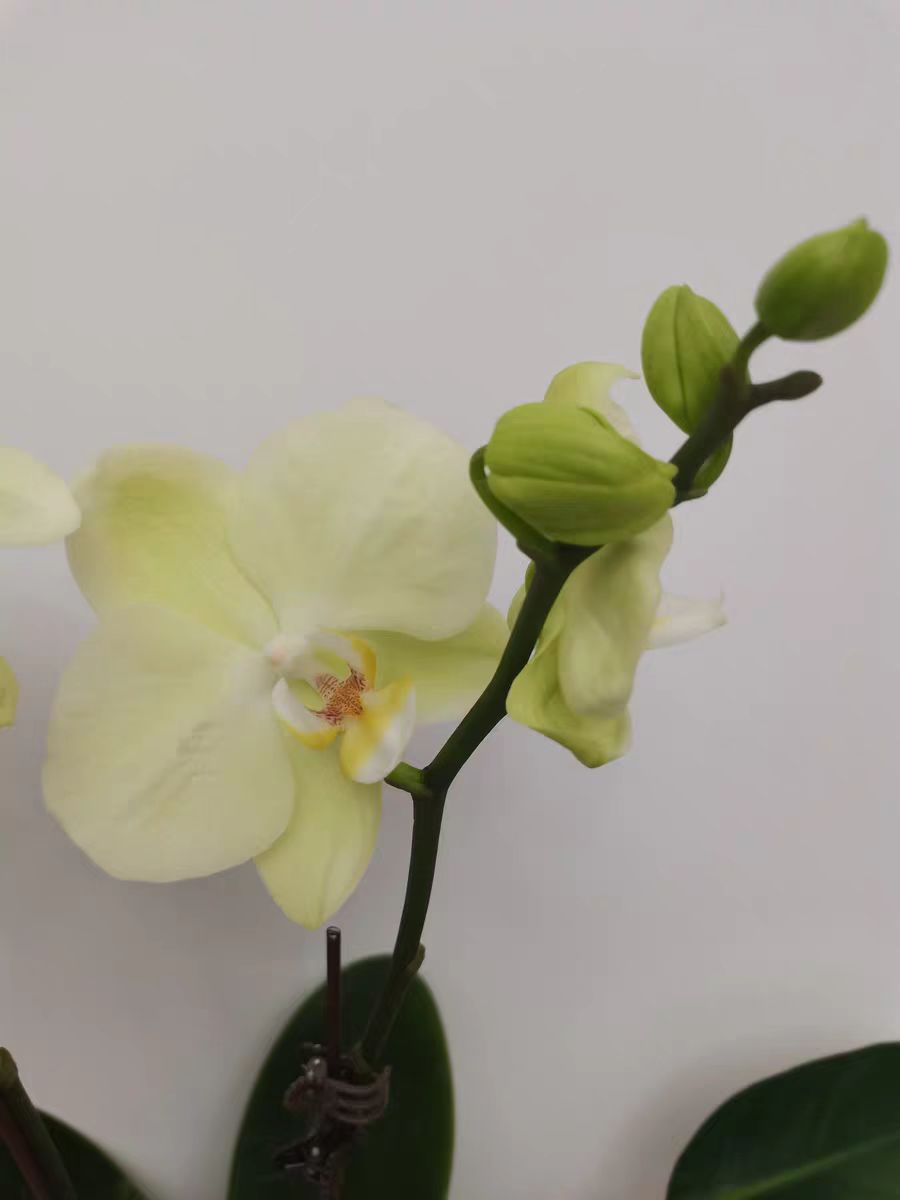I believe that friends who like phalaenopsis all think it is a very elegant flower. However, not everyone can cultivate phalaenopsis well. Maybe with a little carelessness, the flower stalks will stop growing after being bought back. So, what should you do if you encounter such a situation?
Generally speaking, after phalaenopsis blooms one flower, the flower stalks will no longer show any new signs of growth. Most of the time, this is caused by the relatively high temperature at home, which leads to the stagnation of its growth. The reason is that phalaenopsis is originally a flower from the tropical rainforest. It has its own requirements for temperature. It likes a warm environment during the day and a cool environment at night. Only with such a temperature difference can it transport nutrients to the flower stalks and even for later flowering. If the temperature at night is too high, it will affect the growth of the flower stalks of phalaenopsis. In severe cases, the plant may even die directly.
So why does a relatively high temperature at night cause the flower stalks of phalaenopsis not to grow? The reason is that most of its important respiration time is at night. If the temperature is too high at this time, its respiration will intensify, and then the supply of nutrients will also increase, thus causing the flower stalks to lose more nutrients. If this situation persists for a long time, the flower stalks will become weak and unable to support their subsequent growth and flowering.
So what can we do to create a suitable environment for phalaenopsis? Actually, the methods are quite simple. First, place phalaenopsis in a well-ventilated position to make the air temperature at night more circulating. Second, it likes a growth environment within 20 - 25 degrees Celsius. Try to make its growth environment as close as possible to the original ecological temperature. In summer, you can use fans or air conditioners and other equipment to reduce the indoor temperature. When taking care of it in winter, never open the window for ventilation. If the temperature is lower than 10 degrees Celsius, move it back indoors for care. Finally, of course, when taking care of it, not only should the temperature be well controlled, but also the indoor humidity should be maintained to avoid the leaves of phalaenopsis from being damaged due to dryness.
As long as everyone persists for a period of time, and of course, do a good job of observing and adjusting during this process. Later, you will find that the flower stalks of your phalaenopsis at home have become stronger and more vigorous.
What should I do if the roots of phalaenopsis do not grow?

Share with
Tagged in :




Leave a Reply